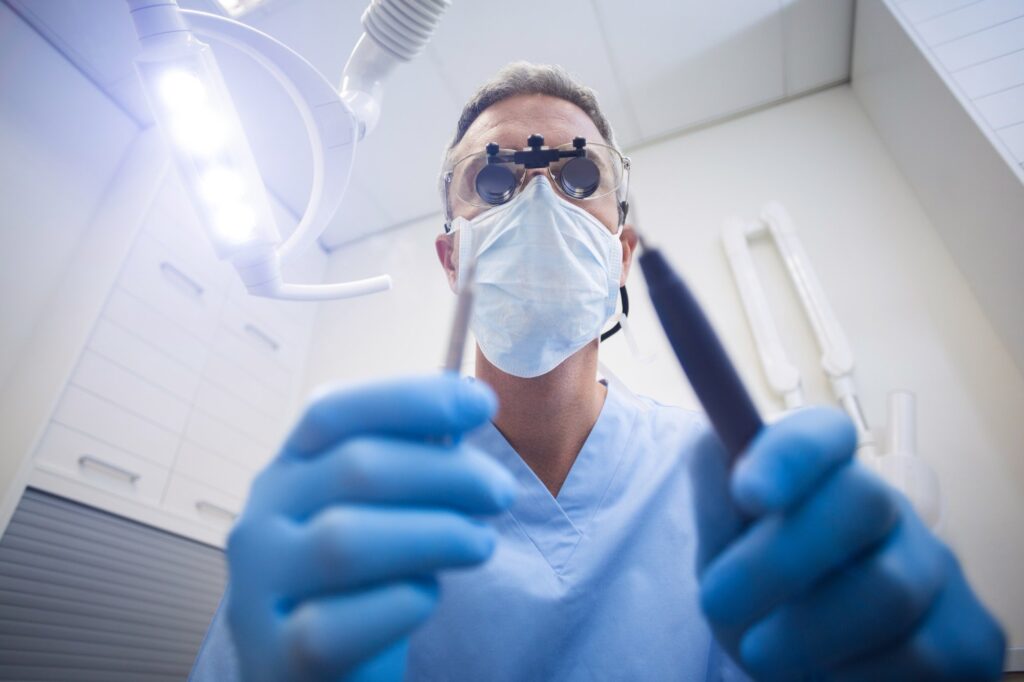After a tooth extraction, your body begins a healing process that’s usually straightforward. But in some cases, that healing gets disrupted—this is when a dry socket, or alveolar osteitis, can occur. At Casey Dental, we often see patients unsure if this painful condition will resolve by itself or if they need help. Here’s what you should know.
What Is a Dry Socket?
A dry socket happens when the blood clot that forms in the extraction site either fails to develop properly or becomes dislodged too soon. That blood clot is essential—it protects the underlying bone and nerves while healing takes place. When it’s missing, the exposed bone and tissue can cause intense pain, bad breath, and delayed healing.
Dry sockets typically appear two to five days after an extraction. They’re most common after wisdom teeth removal, especially in the lower jaw.
Can a Dry Socket Heal Without Treatment?
The short answer is: not effectively or comfortably.
While your body may eventually heal the socket on its own, the process will be longer, more painful, and riskier. Without the protective blood clot, food debris and bacteria can accumulate in the socket, potentially leading to infection or even a more serious complication.
Patients often try home remedies like saltwater rinses, over-the-counter pain relievers, or warm compresses. These may ease discomfort slightly but do not address the root issue: the need for socket protection and professional care.
When to Seek Help for a Dry Socket
You should contact your dentist if you experience any of the following symptoms after an extraction:
- Persistent or increasing pain 2+ days after the procedure
- Pain that radiates to the ear, jaw, or temple
- Foul odor or bad taste in the mouth
- Visible bone in the socket
At Casey Dental, we take dry sockets seriously. If caught early, we can clean the site and place a medicated dressing that relieves pain and promotes healing. Most patients feel better within hours.
What You Can Expect from Professional Treatment
Our team starts by gently flushing out the socket to remove debris. We then apply a soothing medicated dressing that covers the exposed bone and reduces inflammation. You may need to return once or twice for dressing changes, depending on your healing progress.
We also provide personalized home care instructions to ensure a smooth recovery and avoid recurrence.
How to Prevent a Dry Socket in the First Place
Prevention is key. After an extraction, follow these steps to lower your risk:
- Don’t smoke or use straws—suction can dislodge the clot
- Avoid vigorous rinsing for the first 24 hours
- Eat soft foods and avoid chewing near the extraction site
- Follow all post-op instructions provided by your dental team
We’re Here to Help You Heal
If you’re experiencing signs of a dry socket, don’t wait it out. At Casey Dental, we’re committed to your comfort and recovery. Call us today to schedule a follow-up, and let our experienced dental professionals help you heal safely.
Need expert care after an extraction? Contact Casey Dental to speak with a provider and schedule an appointment today.


